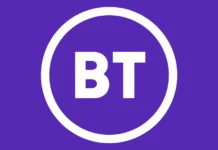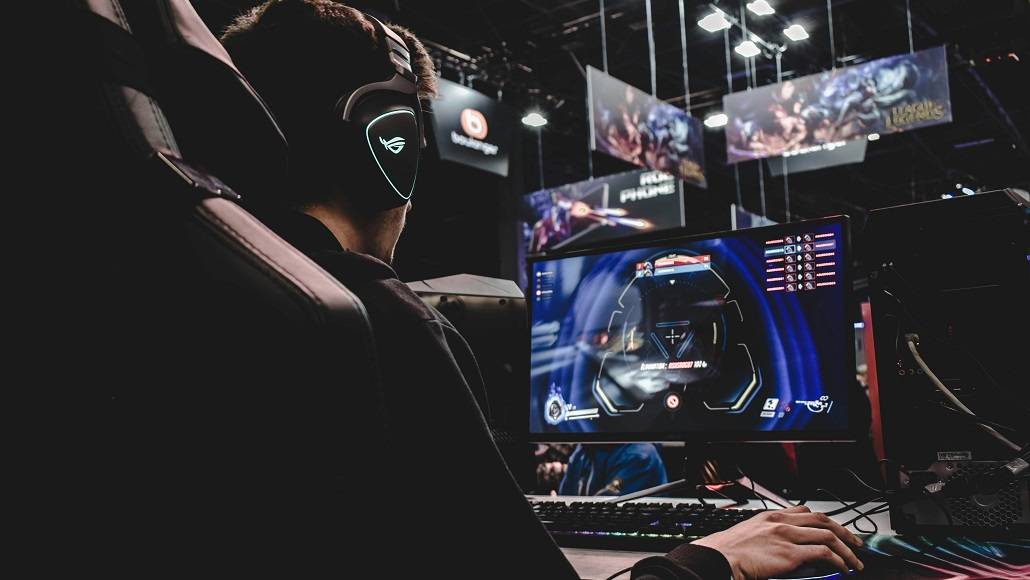The gaming and streaming sectors have grown into dominant forces in digital entertainment. They are shaping how audiences consume media and interact with content. These industries have moved past one-time purchases and scheduled programming toward dynamic, service-driven experiences.
Beyond entertainment, these shifts also highlight the growing intersection between technology and infrastructure. The demand for faster internet, scalable cloud platforms, and seamless device integration shows how gaming and streaming have become testbeds for broader digital transformation.
Telecom operators, software providers, and content platforms are no longer operating in silos. Instead, they are shaping a connected ecosystem where user expectations around speed, reliability, and accessibility redefine the business landscape.
This article discusses the shifting business models in the global gaming and streaming industry.
From Ownership to Access
One of the most noticeable shifts has been the transition from ownership-based models to platforms that offer access. Gaming used to be about buying discs or downloading copies permanently. Now, subscription services let players pay monthly fees for rotating libraries of titles.
Streaming services are doing something similar for video: offering huge catalogs on demand rather than relying on single purchases or linear TV schedules. This change reflects consumers’ desire for flexibility and value, even if it means that companies lose some revenue from individual unit sales.
The rise of the subscription model in the video game console industry strengthens this trend. According to a ScienceDirect study, the subscription model has grown significantly in recent years. Microsoft’s Xbox Game Pass and Sony’s PlayStation Plus are the prime examples of the use of subscription models in the gaming industry.
The study confirmed that the introduction of this new model resulted in the following changes:
- Higher console revenue
- Limited impact on the overall gaming revenue
- Healthier game access and supply
Revenue Growth and Monetization Trends
The global video game industry is generating increasingly large revenues. A PwC report states that the total video game revenue can rise from $262 billion to $312 billion between 2023 and 2027. Growing subscription services, mobile gaming, and new monetization methods will help it.
Publishers are also transitioning into hybrid revenue models, combining free-to-play content, ads, optional in-app purchases, and more immersive user experiences.
Monetization strategies are evolving. Platforms are using in-game advertising that blends more seamlessly with the gaming experience, sometimes called “native ads.” As noted by a Search Engine Land article, native ads can be customized to match the game’s design and layout. This makes them more natural and helps reduce user churn.
However, how developers engage gamers to drive revenue is important. Many people have raised concerns over video game addiction and its negative impact on mental health. Some victims are also asking for legal action against video game companies through lawsuits.
According to TruLaw, plaintiffs of these lawsuits allege that development companies intentionally designed games to be addictive. However, they didn’t warn players about the possible addiction and its harm.
Infrastructure, Network Performance, and Player Experience
Backed by increasing demand, the infrastructure side of gaming is under pressure. High-speed internet, low latency, edge computing, and cloud gaming have become essential parts of competitive advantage.
In online multiplayer games, network lag or high ping can ruin the experience. For example, players of Valorant often complain about high ping, which leads to delays in response and frustration.
According to RedBull, there are many ways to reduce ping and ensure a seamless gaming experience. Solutions discussed include selecting servers located closer geographically, optimizing home network settings, utilizing wired connections, and minimizing background network traffic.
As competitive gaming and esports gain traction, network reliability is becoming a differentiator not just for players but also for streaming audiences. High ping or lag frustrates gamers and disrupts live broadcasts and undermines the spectator experience.
This adds extra pressure on telecom operators and cloud providers to deliver consistently stable connections that can support real-time play and high-quality streaming. These network optimizations are more crucial now that streamers, gaming platforms, and cloud gaming providers all require near-real-time responsiveness.
Player-Driven Economies and Emerging Interactive Models
Another emerging trend affecting business models is the rise of player-driven economy games. These are open-world or multiplayer games where players shape the economy through trade, crafting, and other in-game interactions.
These models foster deeper engagement and lead to novel monetization options, including marketplaces, user-generated content, cosmetic purchases, and live events. Rather than selling a static product, developers generate revenue over time through continuous player participation. This shifts the value proposition from “buy and play” to “stay and build.”
These interactive economies also generate demands for regulation around virtual goods, ownership rights, and fairness. When players spend real money in virtual environments or resell virtual items, disputes can arise over consumer protection, taxation, or terms of service. Platforms that host player-driven economies must balance innovation with oversight.
Frequently Asked Questions
How does mobile gaming intersect with streaming services?
Mobile gaming is merging with streaming in several ways. Players now stream gameplay from mobile devices directly to platforms like Twitch or YouTube. On the other hand, cloud services allow console-quality games to be played on phones. This convergence makes mobile devices central to both play and content distribution, driving innovation in connectivity and monetization.
What impact does cross-platform integration have on user engagement?
Cross-platform play and content access are changing engagement patterns. Players can now start a game on one device and continue seamlessly on another, while streaming services let subscribers access libraries across multiple screens. This flexibility boosts retention, reduces churn, and encourages deeper commitment to ecosystems that support unified access.
What role does artificial intelligence play in modern gaming and streaming?
Artificial intelligence is shaping both gaming experiences and streaming platforms. In games, AI powers smarter non-playable characters, adaptive difficulty, and procedural content generation. On streaming platforms, AI-driven algorithms recommend content, improve video compression, and personalize ads. While this creates convenience, it also brings up questions about data privacy, transparency, and algorithmic bias.
The global gaming and streaming industry is changing fast. New business models emphasize subscriptions, access over ownership, hybrid monetization, and infrastructure excellence.
Regulatory and legal pressures, including actions related to transparency, fairness, or consumer protection, are influencing what practices succeed. In this evolving landscape, companies that put customer experience, technological reliability, and regulatory compliance at the center are best placed to thrive.




















